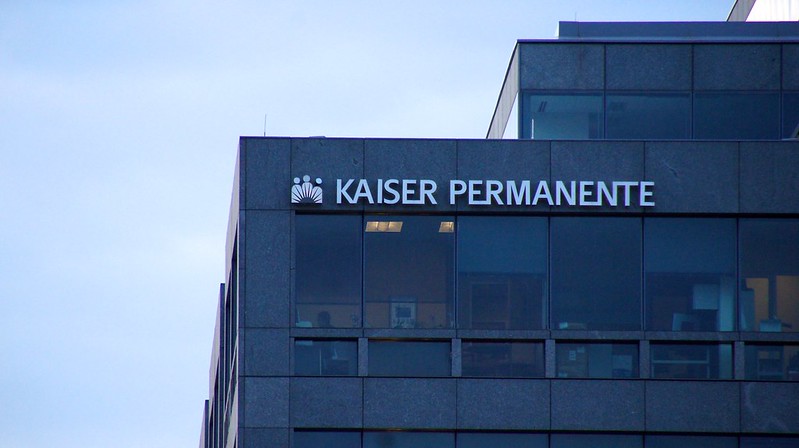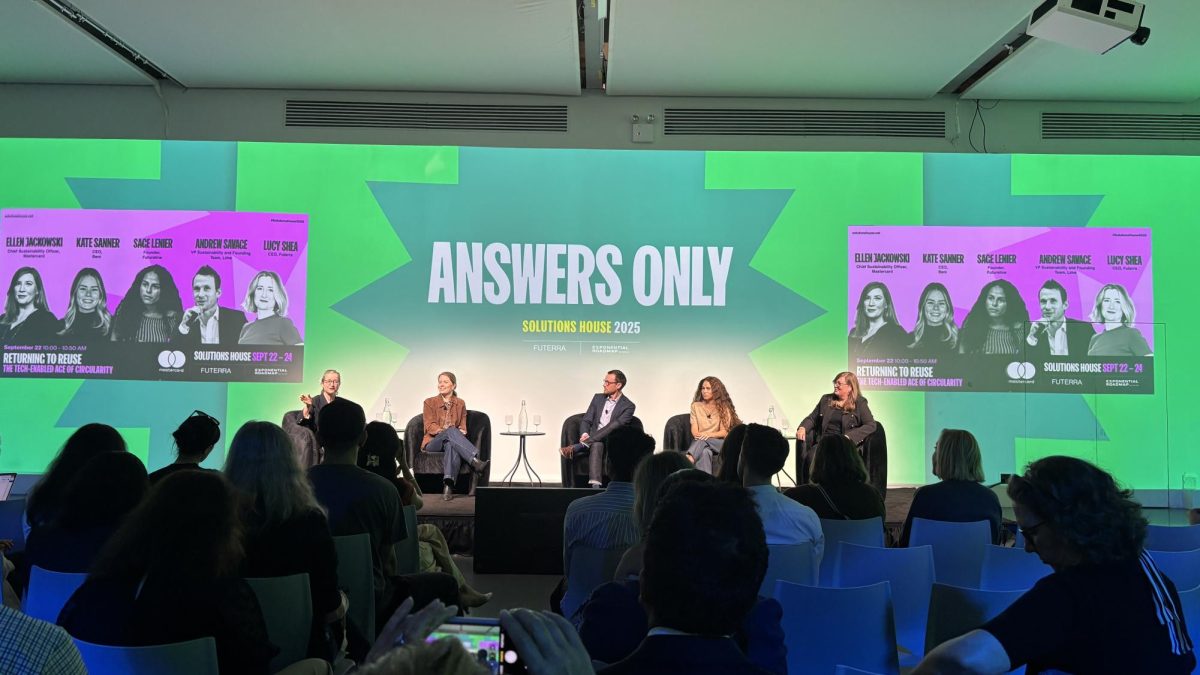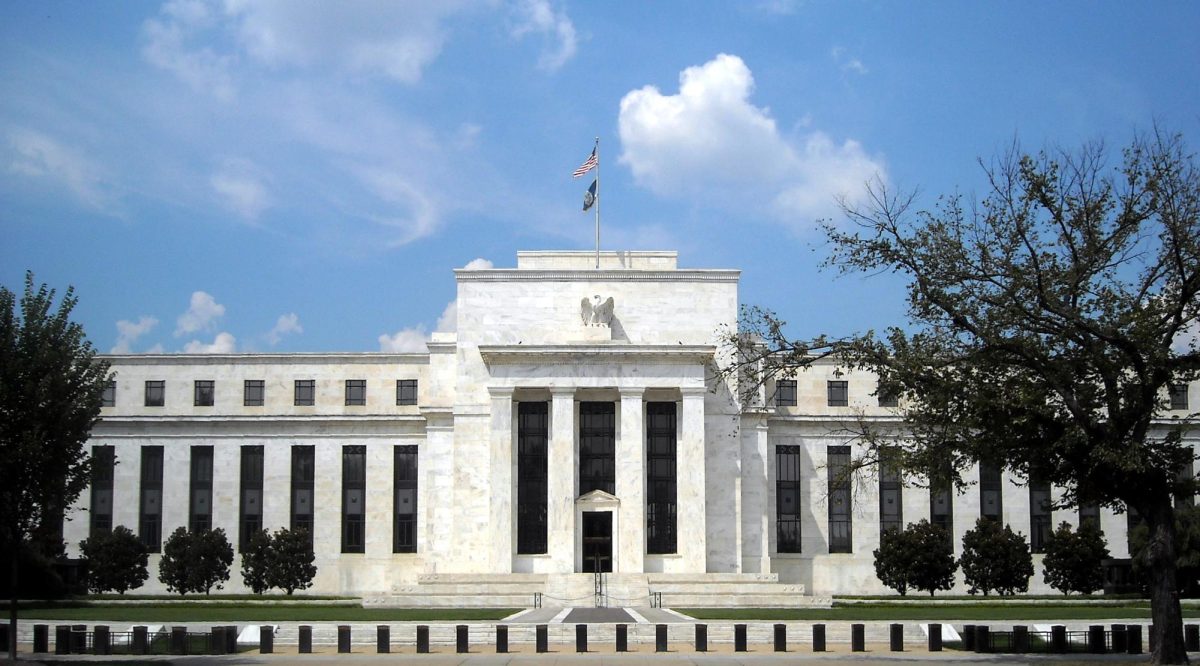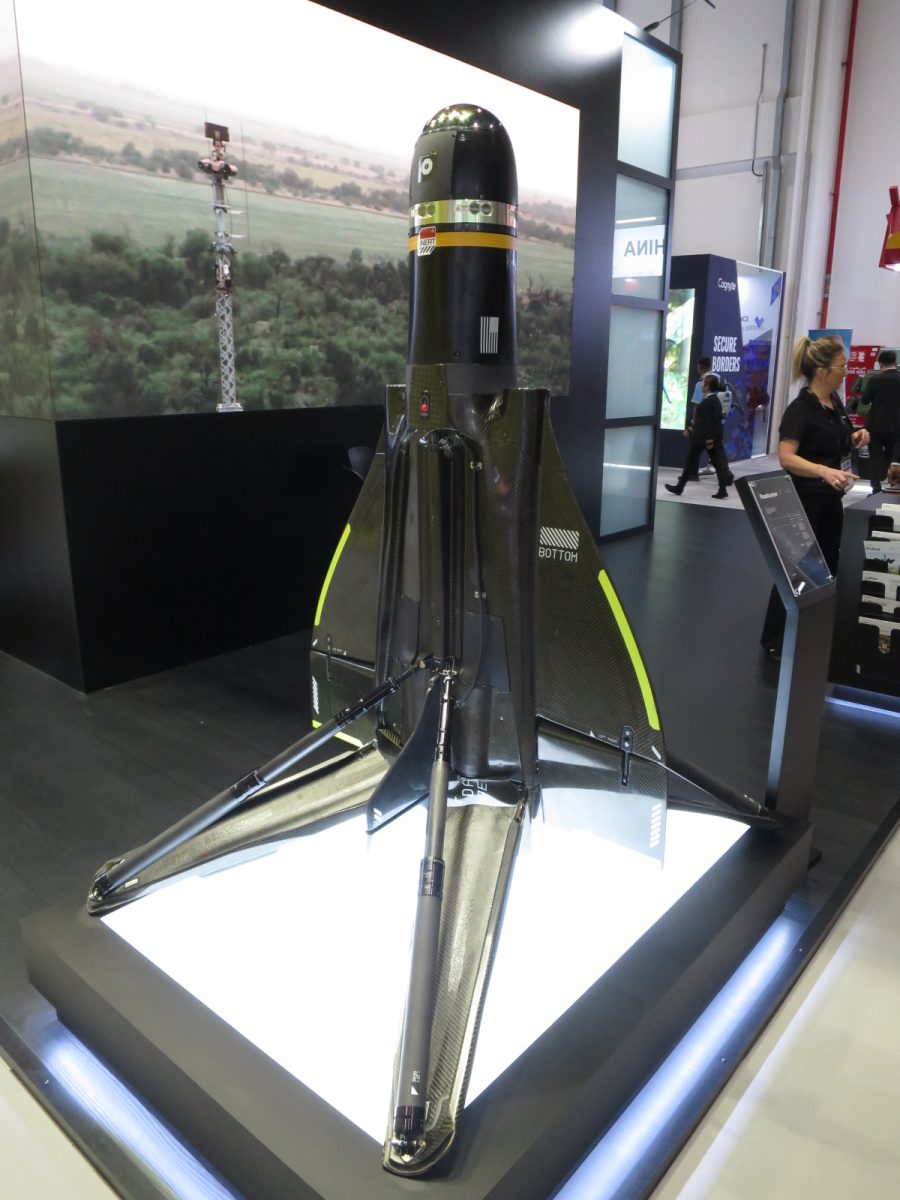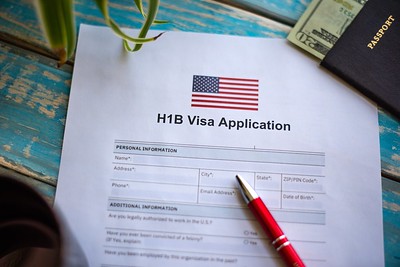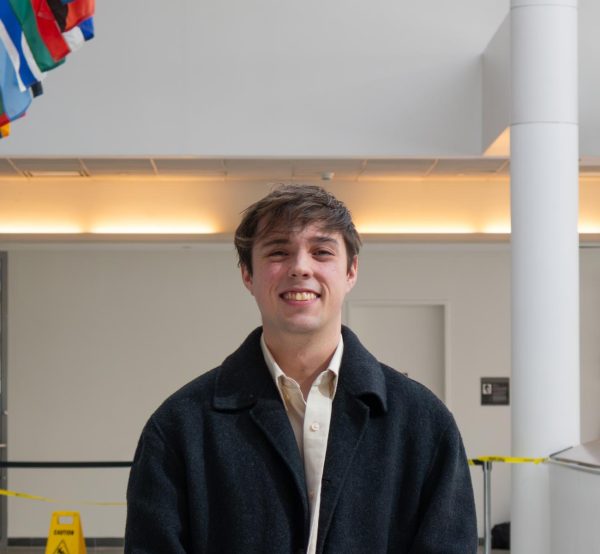Over 75,000 Kaiser Group Holdings, Inc. workers, better known as Kaiser Permanente, started a three-day strike on Oct. 4, marking the largest healthcare strike in U.S. history.
The massive labor disruption hindered nonessential services across half a dozen states, impacting nearly 13 million people. The strikers, represented by the Coalition of Kaiser Permanente Unions, protested staffing shortages and demanded fair labor practices, echoing the broader labor unrest unfolding across various U.S. industries.
“Healthcare workers choose this profession because it’s a passion for them. It’s a calling,” Caroline Lucas, executive director of the Coalition of Kaiser Permanente Unions, said. “And folks don’t feel comfortable staying at jobs where they don’t feel like they can give the best patient care possible.”
But after talks facilitated by U.S. Department of Labor acting Secretary Julie Su on Oct. 14, both sides reached a tentative agreement that was finalized in San Francisco around 3 a.m.
The deal includes a 21% wage increase over the next four years as well as a standardized minimum wage for KP’s healthcare workers — $25 an hour in California and $23 everywhere else — and is set to be voted on by the coalition’s strikers on Oct. 18.
“What the parties have achieved here in Oakland demonstrates, once again, that collective bargaining works,” Su said in a statement. “When workers have a voice and a seat at the table, it can result in historic gains for workers, their employer and our country.”
The unions’ original reasoning reflected contentions seeding problems for workers across the country — like workers for the Staten Island Ferry before their new contract in September — particularly inadequate staffing and low pay.
The coalition accused KP of “cutting workers through attrition” and “creating an understaffed workforce that’s incapable of looking after patients,” according to Bloomberg.
Licensed vocational nurses, home health aides, ultrasound sonographers and other department technicians picketed at hospitals throughout California, Colorado, Washington, Oregon, Virginia and Washington, D.C., excluding registered nurses, surgeons and doctors.
Ending on Oct. 7, the strikers returned to work without resolution.
“We are pleased to welcome back our employees who participated in this week’s strike,” KP said in a statement on Oct. 7. “With the current strike behind us as of 6:00 a.m. Saturday [Oct. 7], our collective focus is a return to normal operations.”
The strikes followed the litany of worker unrest erupting across the nation throughout the year, from Hollywood to Detroit, as inflation and other ripples from the coronavirus pandemic’s wake continue to threaten a slimly buoyed workforce — especially for the healthcare industry’s burnt-out professionals.
“The increase in worker activism, the increase in organizing and certainly the increase in strike activity has shown that workers are going to fight to increase their investment and the employer’s investment in them,” Seth Harris, distinguished professor of practice at Northeastern University, told CNBC.
KP towers over its health insurance competitors with a market share of 12.81% and a total health plan enrollment of 8,228,765 customers as of 2021.
According to CNN, the company’s unique identity as both a healthcare plan and a healthcare provider — exclusively for its enrollees — left many patients with little control. Some patients said they arrived at offices with no one at reception and no one to confirm appointments despite KP’s purported “thousands” of temporary workers brought in to fill the gaps.


